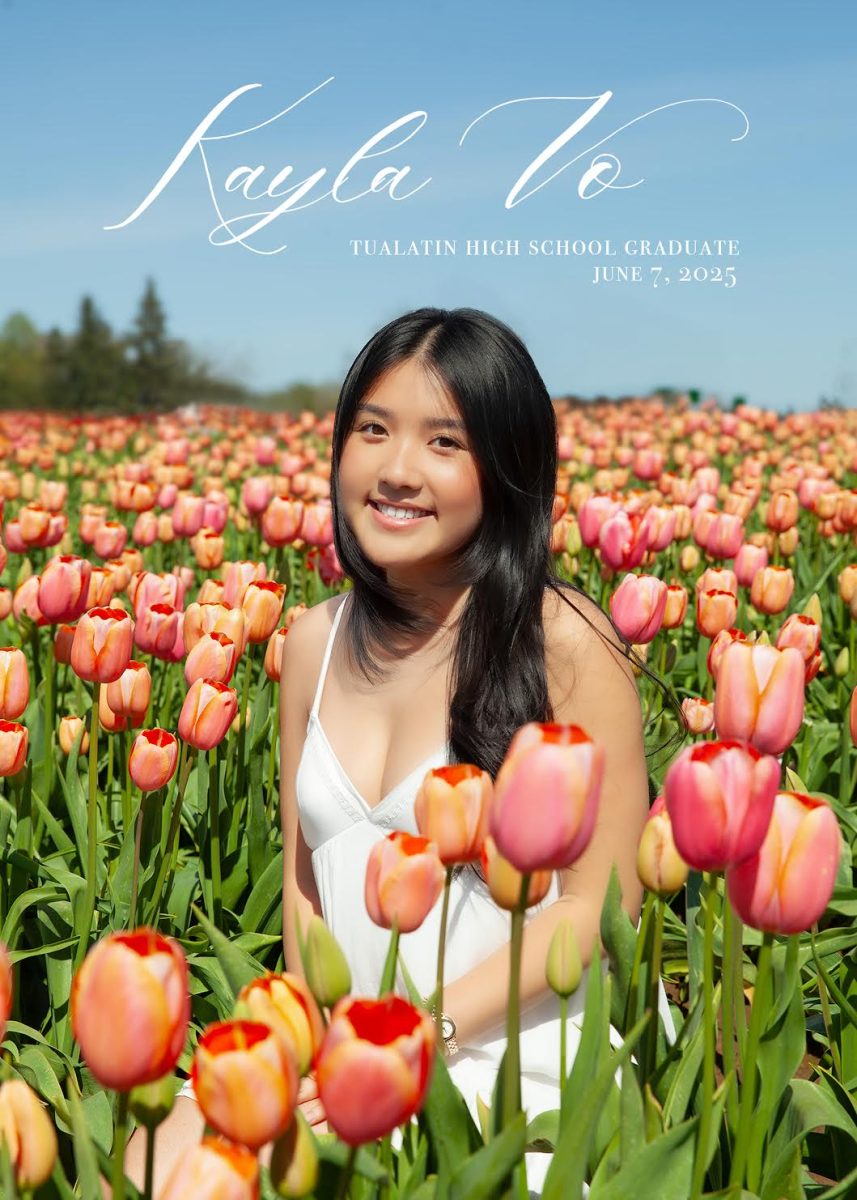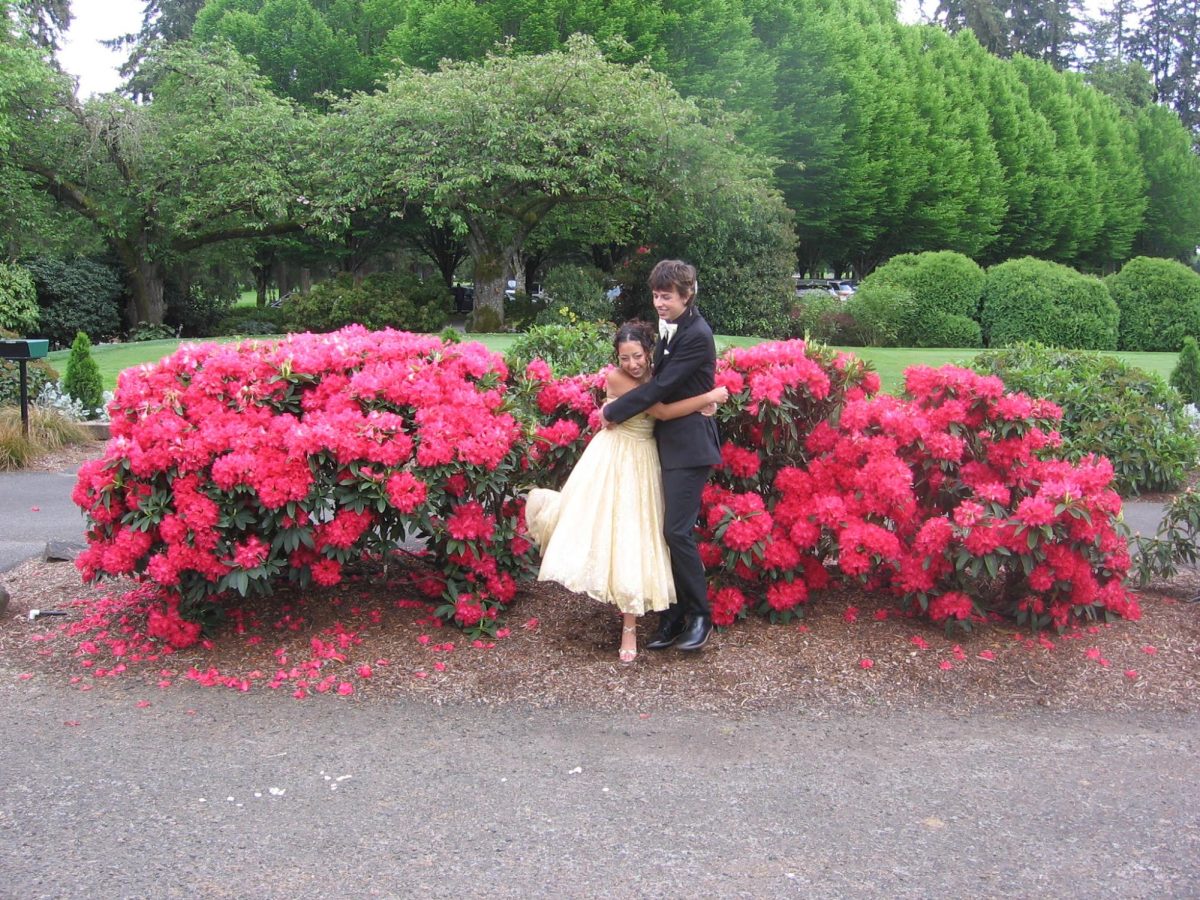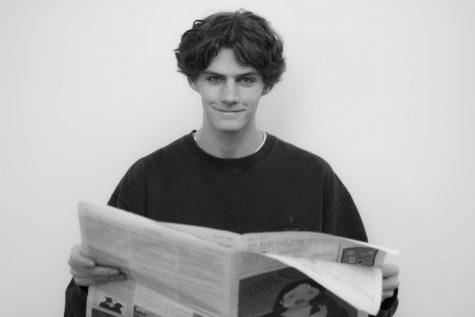A ghost-like malaise seems to haunt many my age, showing glimpses of itself in our generation’s reactions to it. These reactions have formed into unique features of Gen-Z, congealing themselves into new art, like hyperpop music and A24 films, as well as in our active political involvement, cynical humor, and (usually insufferable) cultural policing.
These specific generational traits come downstream from this broad uneasiness, reflecting the central issue that caused them in their hidden representations of it. As you might be able to see an artist through their painting, so too can we get a direct look at the root issue of this malaise through our responses to it.
While the aforementioned new entertainment, interests and behaviors of Gen-Z are good manifestations of this feeling that we can find its hidden cause through, no clearer is the form of this problem found than in the recent absurdist art and media now unbelievably popular.
Usually taking video form – and primarily posted to scrolling social media platforms like TikTok and Instagram – this new wave of content is so random and weird it’s difficult to explain.
It might be a scene from a popular movie or TV show where the actors’ dialogue feels delayed before things start to freeze and suddenly a picture of an animal is shown with a loud sound effect played three times. Or, it could be coverage of some celebrity news that begins seemingly normal before sirens sound, bells chime and a character from an unrelated popular video game is roughly overlaid onto the screen while the theme song from a third disconnected show starts to play backwards.
While this sounds like nonsense, the popularity and odd nature of these videos make them perfect capsules of this general feeling, as well as portals to see its cause through.
Following no structure or narrative, not really being funny and adding no coherent message or thought to anything, the videos seem to exist purely as a form of communication. No other possible purpose can be found in them outside an attempt at capturing this rising feeling in many and converting it to a TikTok or Instagram Reel.
The format generally varies for each piece; however, a couple points remain the same. For one, every video seems to have an excess of references, noise, effects and culture. This mass of media, combined and contorted into an indecipherable mess of excess, has an implied connection and criticism to our world, so oversaturated with similar incessant promotion, marketing and materialism that it sometimes looks or feels the same.
In a response to this seemingly inescapable noise, these videos build a caricature of its form, both making fun of its absurdity and wastefulness while relating to others’ exhaustion of it.
A second shared trait goes hand in hand with this first critique: the surrealness of the videos. Things seem to exist in a bizarre, slightly-off world. As for the earlier example, we can recognize the character’s dialogue or the celebrity being covered, but everything else seems a little strange. The quality might be bad or the sound slightly delayed. These subtle asynchronous and surreal elements mirror perfectly the haunting, sick feeling we all have – an unspoken but widely shared acknowledgment that something seems wrong, but we can’t tell what it is.
The West’s notorious consumerism, filling us with artificial wants and purpose to reorient the world around capital interests and vapid fulfillment, seems to be the clear cause of this feeling, as shown by the videos that mirror it. Found in the recreation of this excess and surrealism, this uneasiness clearly stems from a new understanding and distaste for these traits of our culture.
Existing in a world similar to the one they mime, these videos are really attempts at making sense of this spectral discomfort by looking at it through its own lens.
As the first generation born into a time fully consumed by this problem and unable to see it in relation to any previous period, we seem to be uniquely tired of it.
The fact this feeling is expressed on platforms like TikTok and Instagram is no coincidence. These apps have accelerated the problem in new ways, pushing Gen-Z over their complacency and into new awareness.
These new reactions existing is an incredibly optimistic sign. Whether it’s known or not by those involved, these videos take a powerful anti-consumerist position and completely redefine our generation’s outlook.
In many ways the videos are a sign of changing times and a glimpse into the future issues that will dominate our world. As time moves on and these forces of culture continue to fracture into every aspect of life, the clear cause behind this feeling will be identified outside its subtle presence in our responses to it. While we’re far from recognizing this problem in its totality, these new trends seem to show a massive and hopeful step forward.








